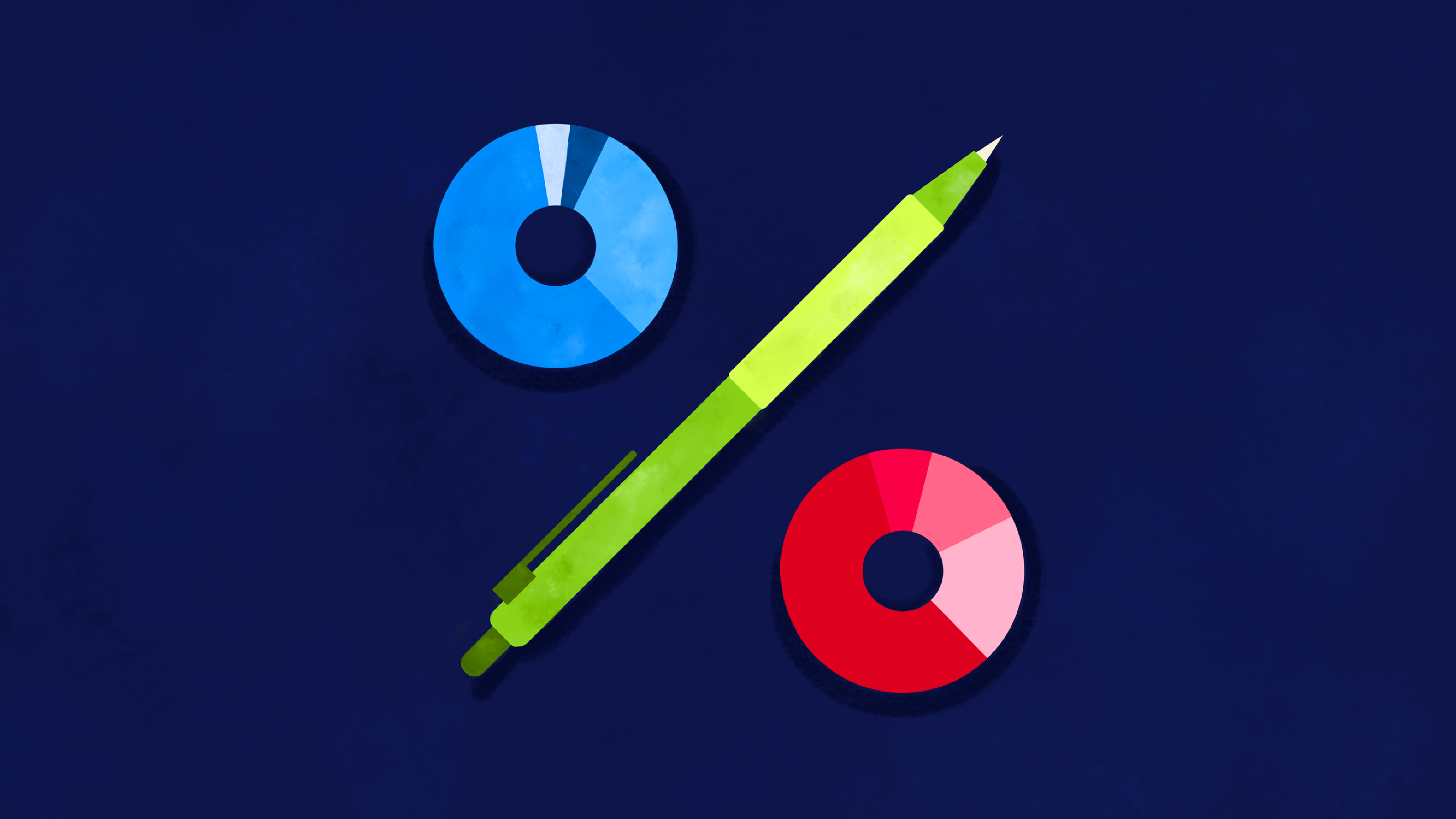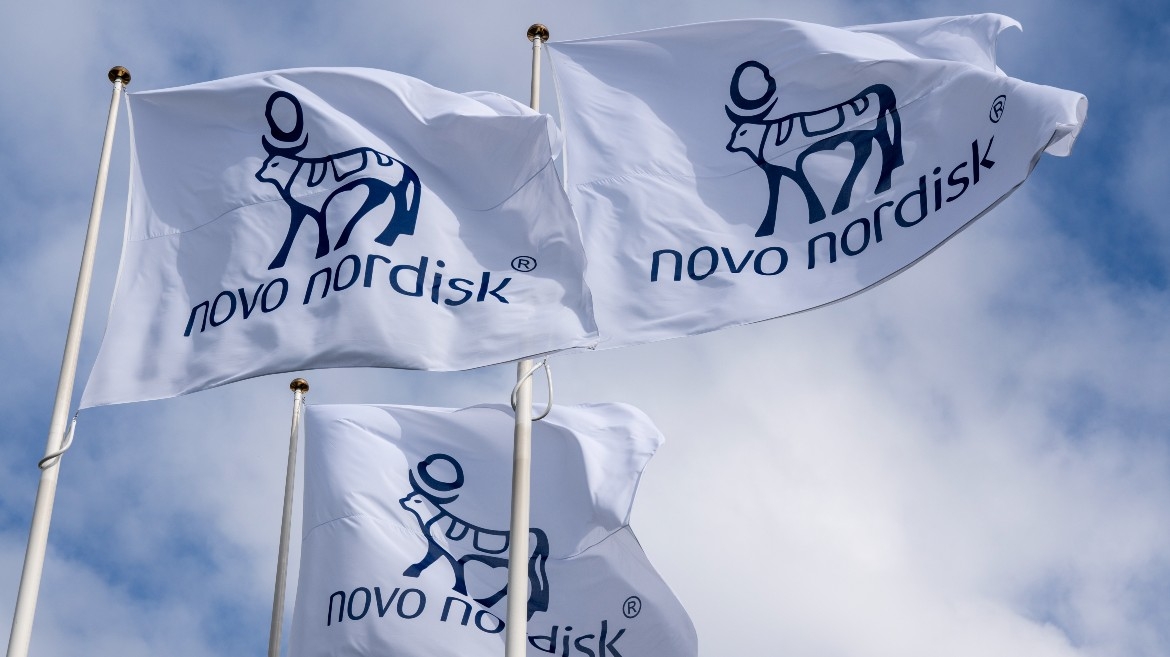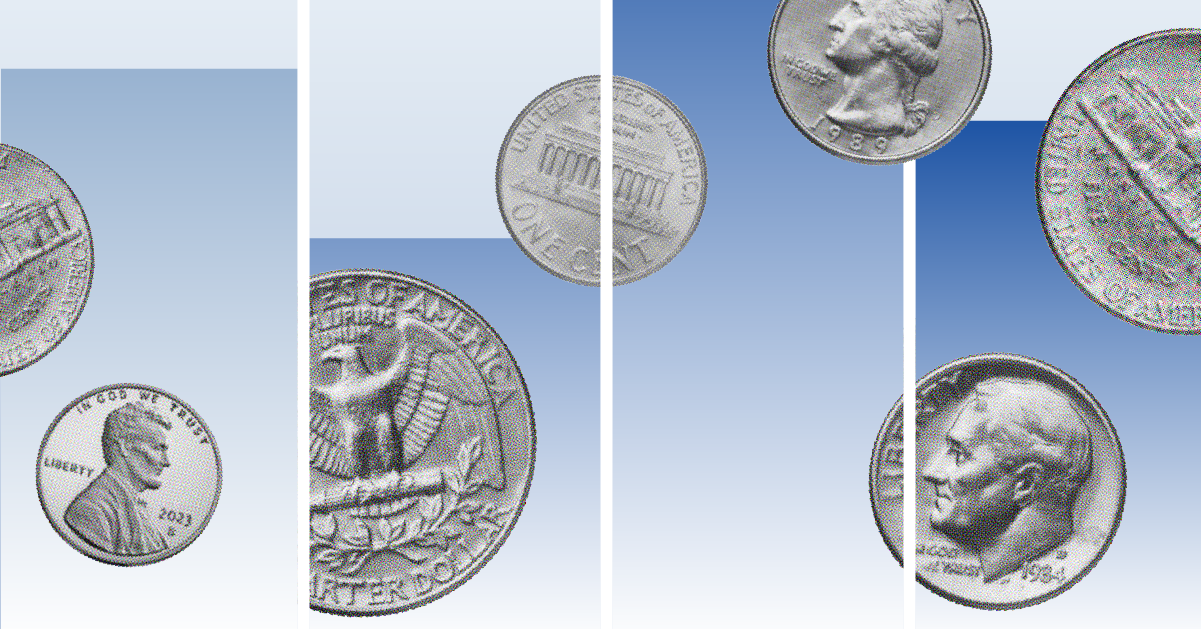This article is part of the Morningstar's Guide to Emerging Market Investing. Click here to find out just what an emerging market is and which hold the potential to grow exponentially - boosting your investment portfolio.
Frontier markets – economies ‘one step’ behind emerging market status – are only suitable for the more adventurous investor.
Investors should be comfortable that expected returns can widely fluctuate; reflecting the political, regulatory, liquidity and currency risks associated with these markets.
Those daring investors wishing to go beyond emerging markets and invest in broad frontier markets using ETFs have two European-domiciled equity ETFs to choose from.
Currently, the more popular of the two funds, with $90 million in assets under management, is the db X-trackers S&P Select Frontier UCITS ETF (XSFD). Consisting of 40 stocks, the underlying index is relatively well-diversified, although the top three holdings; Emaar Properties, Industries Qatar and Mercadolibre, still account for more than a quarter of its value.
At the time of writing, the United Arab Emirates and Qatar are the most heavily represented countries in the index with a 20-25% weight each. Positioned third and fourth are Argentina and Kuwait, which account for 11-13% of the index’s value each. Combined, the Gulf States are assigned more than half of index weight.
On the other hand, the RBS MSCI Frontier Markets Index UCITS ETF (M9SY) provides investors with access to a broader selection of underlying frontier equities. The fund offers access to the MSCI Frontier Markets Index, which currently tracks the performance of 127 stocks.
Despite the large number of constituents, the current top three index holdings; National Bank of Kuwait, Kuwait Finance House and Kuwait Mobile Telecom, are all from Kuwait. It is therefore unsurprising that Kuwait is the largest country weight with around a quarter of index weight. Nigeria and Argentina are the second and third most heavily weighted countries, with around 17% and 8% respectively.
Both funds are heavily biased towards the financial sector, with more than half of total exposure.
Beware of the Differences in Frontier Markets Classification
Investors should be aware that the definition of what constitutes a frontier or emerging market may vary greatly between index providers and that differences in classification may result in significant differences in country weightings and portfolio composition. It is therefore recommended, when investing across frontier and emerging markets, that a single index provider, in this case either S&P or MSCI, be selected in order to reduce the potential for overlapping exposure between investments.
Investors should also remain aware that country labels are periodically reassessed and often reassigned. For example, the reclassification of a country from frontier to emerging (as has recently been the case for Qatar and the United Arab Emirates) will see its stocks dropped from the frontier index and added to the emerging one. A change of this sort may have dramatic exposure implications for funds tracking those indices. For this reason, investors should regularly check the composition of the underlying index to ensure it remains consistent with their investment thesis.
Recent Performance, Replication Method and Fee Considerations
Looking at performance over the last three years, we can see that frontier markets have delivered for investors. The RBS MSCI Frontier Markets Index UCITS ETF returned an annualised 12%, with the db X-trackers S&P Select Frontier UCITS ETF returning 9% over the same period. This performance contrasts favourably with comparable emerging market ETFs, which returned an annualised 3-5%.
Additionally, both frontier market funds exhibited similar – and in the case of the RBS fund slightly lower – volatility than their equivalent emerging market peers over the observation period. Although this appears counter intuitive, the similar risk profile may be explained by the huge capital flows in and out of emerging market equities over recent years.
Due to the illiquid nature of frontier stocks, which may be bought and sold infrequently and be subject to trading restrictions, the practicalities of replicating a frontier index mean that both funds are synthetically replicated.
It should be noted that neither exposure comes cheap. The db X-trackers fund has a hefty holding cost, as measured by the estimated annual tracking difference, of 1.65%, a figure which includes both a TER of 0.95% and a swap cost of 0.70%.
The RBS fund is marginally more expensive with an estimated holding cost of 1.75%, including a TER of 0.90% and swap fee of 0.85%. It should be noted that tracking difference does not include investor-specific trading costs and tax considerations.






























